
13,000-Year-Old Bone Tools and Beads Unearthed in Direkli Cave Reveal Early Anatolian Craftsmanship
Archaeologists working at Direkli Cave in Kahramanmaraş, southeastern Türkiye, have uncovered bone tools and ornamental beads dating back approximately 13,000 years — offering a vivid glimpse into the technological and symbolic sophistication of the region’s prehistoric inhabitants.
A Window into Late Epipalaeolithic Anatolia
The discoveries, made under the direction of Prof. Dr. Cevdet Merih Erek from Ankara Hacı Bayram Veli University, include two finely crafted bone awls (piercing tools) and four perforated beads. According to Erek, one of the awls was likely used to pierce stone beads, while the other may have served in leatherworking or garment production, reflecting an advanced level of specialization in tool use.
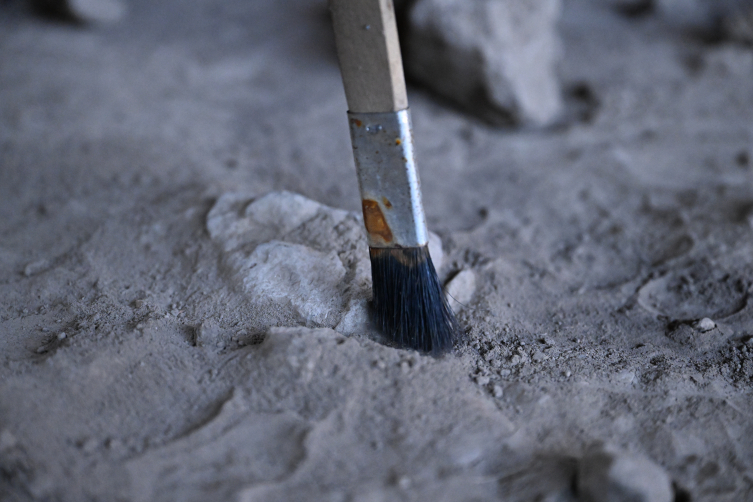
“The diversification of this tool industry — different materials for different tasks — indicates a remarkable degree of industrial development for the period,” said Erek.
Radiocarbon dating places the finds within the 7th archaeological layer, corresponding to roughly 11,000 BCE, during the waning centuries of the Epipalaeolithic. As the excavation team progresses deeper into the cave deposits, they encounter ever older cultural horizons, tracing an unbroken sequence of human activity stretching back nearly 14 millennia.
Symbolic Beads and the Decoration of the Dead
Among the season’s most striking finds are the small ornamental beads, likely made of stone or bone, discovered in four fragments. They are believed to have been used not merely as personal adornments but also in rituals involving the dead.
📣 Our WhatsApp channel is now LIVE! Stay up-to-date with the latest news and updates, just click here to follow us on WhatsApp and never miss a thing!!
“The people of this era adorned the deceased as if they were still living — an act reflecting their belief in continuity between life and death,” Erek explained.
Such symbolic behavior suggests a developed cognitive world, where art, craft, and spirituality intertwined — a hallmark of early complex societies.
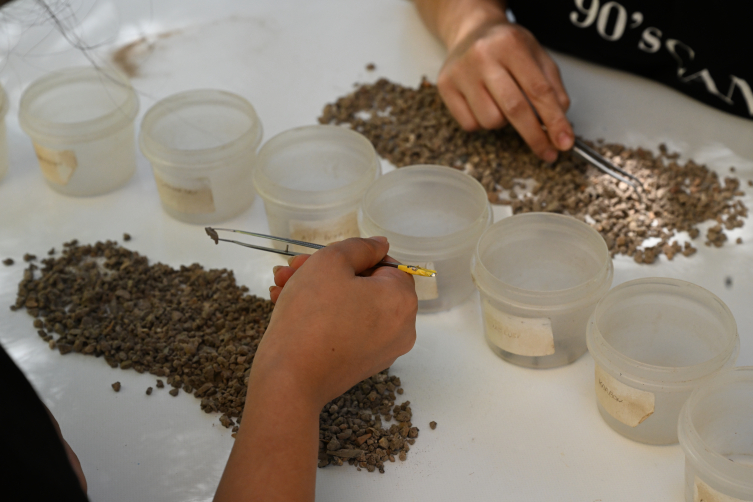
Direkli Cave: One of Anatolia’s Deepest Time Capsules
Located in the rugged foothills of Kahramanmaraş, Direkli Cave has been excavated for nearly two decades and is considered one of Anatolia’s most important prehistoric sites. Its deep stratigraphy records human presence between 14,000 and 8,500 BCE, bridging the transition from hunter-gatherer lifeways to early sedentism.
Alongside Eşek Deresi Cave, also investigated in the same region, Direkli provides vital evidence of a distinctly Anatolian cultural evolution — one that predates and possibly contributed to the Neolithic revolution of Upper Mesopotamia.
Erek notes that even minor sediment accumulations in the cave — sometimes just 3 to 5 centimeters thick — may represent a millennium or more of human activity, illustrating the extraordinary time depth of the site.
You may also like
- A 1700-year-old statue of Pan unearthed during the excavations at Polyeuktos in İstanbul
- The granary was found in the ancient city of Sebaste, founded by the first Roman emperor Augustus
- Donalar Kale Kapı Rock Tomb or Donalar Rock Tomb
- Theater emerges as works continue in ancient city of Perinthos
- Urartian King Argishti’s bronze shield revealed the name of an unknown country
- The religious center of Lycia, the ancient city of Letoon
- Who were the Luwians?
- A new study brings a fresh perspective on the Anatolian origin of the Indo-European languages
- Perhaps the oldest thermal treatment center in the world, which has been in continuous use for 2000 years -Basilica Therma Roman Bath or King’s Daughter-
- The largest synagogue of the ancient world, located in the ancient city of Sardis, is being restored

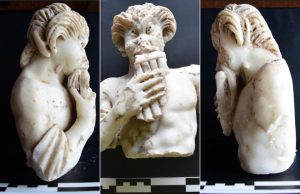
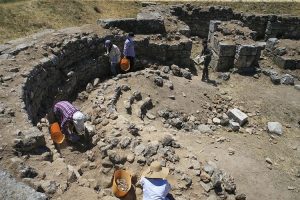
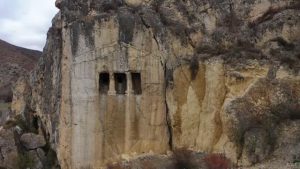
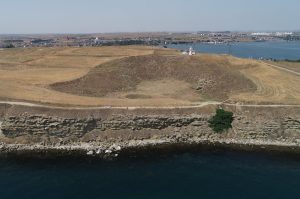
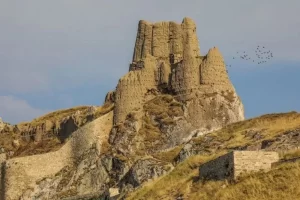



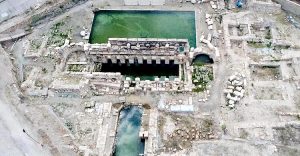
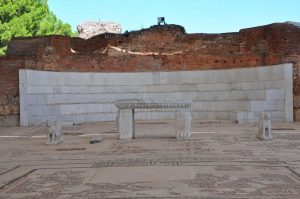
Leave a Reply